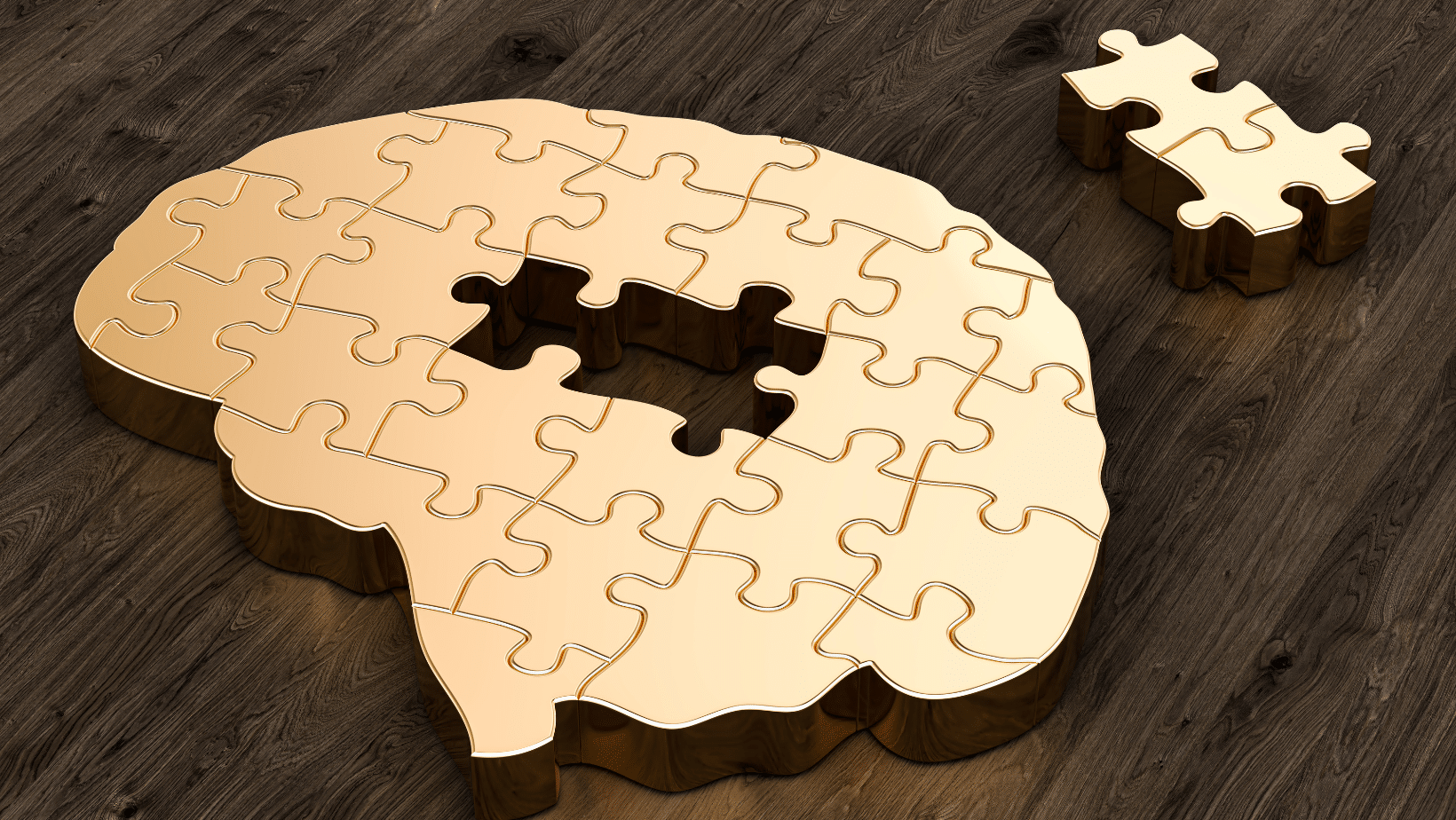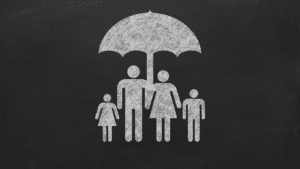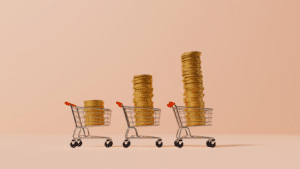
The recent stimulus package recently passed by Congress gives most federal student loan borrowers a six-month break from payments. It comes after a series of announcements by the U.S. Department of Education meant to alleviate student loan stress. The new law takes that relief even further. The biggest break is that you can stop making payments on most federal student loans for six months — from April through September — and no new interest will accrue. That means, at the end of those six months, you’ll owe exactly what you did at the start. Congress didn’t wipe out any of your student debt, but it gave everyone a six-month payment holiday, regardless of how much they have or haven’t been hurt by the current wave of layoffs and closings designed to limit the spread of the coronavirus. In addition, the stimulus package expands on and supersedes earlier relief programs Specifically, here’s how the new stimulus affects your student loans, and what to do if you’re in each of the situations below.
1. If You’re Current But Likely To Fall Behind
Even if you are able to pay your bill currently, but you’re concerned about losing income or affording payments in the next few months, you should take advantage of automatic student loan forbearance starting now. Use it to build an emergency fund so that you can put it toward other essentials like food and housing in the future if necessary.
2. If You’re Working Toward Public Service Loan Forgiveness
The stimulus bill updates certain details regarding Public Service Loan Forgiveness. If you don’t make payments until Sept. 30, those months will still count toward your Public Service Loan Forgiveness timeline. That means you won’t have to make payments for extra months, past the time you planned to get forgiveness so even if you can keep paying loans, it doesn’t make sense to do so. If and when you do qualify for PSLF, you’ll receive forgiveness on the outstanding balance without needing to pay income tax on the amount forgiven.
3. If You’re Current On Student Loan Payments And Your Income Is Secure
You don’t have to make payments right now, but since new interest won’t accrue, any payments you do make will be turbocharged. More of your payment will go toward your principal balance, helping you pay off the loan faster. If you’re not concerned about your income or shoring up savings at the moment, your best bet is to continue making payments while you can.
4. If You’re Behind On Student Loan Payments
Borrowers who were more than 31 days behind on their loans receive automatic forbearance and now your payments are automatically postponed until Sept. 30. You don’t need to ask for forbearance from your student loan servicer, but it’s a smart idea to check your online account soon to make sure they’ve updated their records. Interest won’t accrue during this period.
The U.S. Department of Education has also announced that:
- Collections activities will be paused, meaning you shouldn’t receive calls or letters about a federal loan in default that a private company is now collecting on.
- The government will not withhold your pay, your tax refund or your Social Security payment — known as Treasury offsets — for at least 60 days if you’re in default, starting from March 13.
- If you’re in a rehabilitation program to get out of default, which requires you to make nine on-time student loan payments in 10 months, the clock doesn’t stop on your payment arrangement. Even if you don’t make payments for the next six months, those months will still be counted toward your rehabilitation timeline.
If you’re worried you’ll need help after the pause on payments has ended, you can sign up for an income-driven repayment plan to limit your monthly bill to a percentage of your income for as long as you need to. You’ll also get forgiveness after 20 or 25 years of payments, and you’ll pay income tax on the forgiven balance.
5. If You’re A Parent With Student Loans On Behalf Of A Child
If you took out federal direct PLUS loans to help your child pay for college, these are included as part of the stimulus package’s relief offerings. That means your payments will be suspended automatically until Sept. 30.
If you can continue to make payments, you’ll benefit from the fact that new interest isn’t being charged during this six month period. That means all payments you make during this period go directly toward your principal balance, potentially helping you pay off your loan quicker.
6. If You Have Commercially-Held FFEL Or School-Held Perkins Loans
Only loans held by the U.S. Department of Education qualify for relief in the stimulus package, including the interest waiver and payment suspension. Loans from the Federal Family Education Loan (FFEL) program that are owned by private entities, and Perkins loans owned by colleges, don’t qualify.
However, you can consolidate these loans into a direct consolidation loan in order to access stimulus benefits. Consolidating also lets you take advantage of income-driven repayment if you need it in the future. But if you have Perkins loans, that means giving up access to certain forgiveness programs for public service workers and other benefits. Weigh the pros and cons before consolidating.
7. If You Have Private Student Loans
The federal relief programs DO NOT apply to borrowers with private student loans. That means it’s up to you to call your lender and ask about loan modification programs, which many offer.
If you’re at risk of falling behind on loan payments, request help from your lender as soon as possible. You can ask about options for reducing or pausing payments and waiving late fees.
8. If You Don’t Know Where To Start
It is most important to know what type of student loans you have so you know whether you can confidently stop making payments or not. Most student loans are federally held, so if you’re unsure, start by signing in to StudentAid.gov with your Federal Student Aid ID, or create an account.
If you know you have student loans but they’re not listed there, the loans may be private. All your loans will be listed on your credit report, so if not listed on StudentAid.gov, they are likely private. You can check your credit report for free once a year from each of the three main credit bureaus at AnnualCreditReport.com.
As always, if you have any questions relating to your student loans or any other aspects of your current financial situation, feel free to set up a call.



